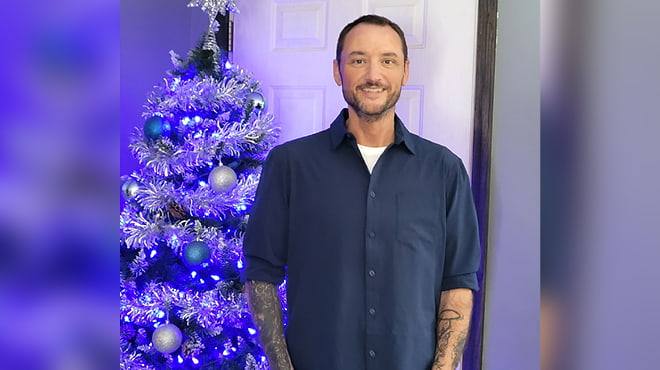Gastroenterology Patient Stories

January 15, 2023
Many adjectives could be used to describe George Hite. Healthy, happy, energetic, motivated, honest and transformed are just a few. But eight years ago, he[...]

March 20, 2015

February 27, 2014

February 5, 2014

January 17, 2014

January 8, 2014

November 14, 2013

November 6, 2013

July 11, 2013
Explore more topics
 Sign up
Sign up

Mayo Clinic Connect
An online patient support community
